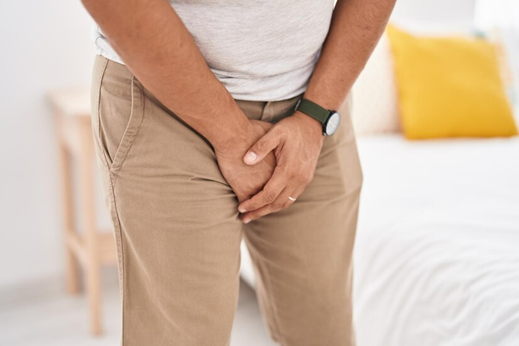Urinary incontinence, a trouble controlling urine, affects many people worldwide. It happens when one has urine control problems and cannot hold urine for long. This condition is common among both men and women, with various pressures and daily activities sometimes making it worse.
Female bladder control issues and pee control problems can be especially challenging right after giving birth or when bladder control in pregnancy becomes complicated. Understanding and managing these issues is vital for improving one’s quality of life.
This guide aims to educate readers about overcoming bladder control issues in women and men through simple and effective tips.
Understanding the Causes of Urinary Incontinence
Several factors contribute to urinary urgency and urge incontinence. These may include physical changes, certain medical conditions, or lifestyle choices that lead to a problem.
Common myths suggest that this only affects the elderly, but many young people, especially males, face it too. Conditions like enlarged prostate in men or loss of urine control in elderly can significantly impact daily life if not addressed. Ignoring the signs might worsen the urine control problem, leading to social embarrassment and decreased well-being. Hence, understanding the root causes is crucial.
Types of Urinary Incontinence and Their Effects
Urinary incontinence manifests in various ways.
There is stress and bladder control incontinence, where activities like coughing or sneezing cause leaks.
Urge incontinence or a strong, unexpected need to urinate is another type.
Overflow incontinence involves a constant dribble of urine due to an inability to fully empty the bladder.
Total incontinence, where individuals experience a complete loss of bladder control, significantly altering life activities.
These conditions can cause social anxiety and embarrassment, but support is available. Seeking help can boost confidence and aid in managing urine leaking issues.
Practical Tips and Lifestyle Changes for Managing Symptoms
Managing weak bladder control at home can often provide relief from this pesky problem. Here are some practical strategies:
- Scheduled bathroom visits: Establish a routine to prevent urgent trips.
- Bladder training: Gradually increase the interval between urinations to build bladder strength.
- Dietary changes: Avoid caffeine and alcohol, as they can worsen bladder control. Drink plenty of water but at regular intervals.
- Weight management: Losing excess weight can reduce abdominal pressure.
Exercises are also beneficial for improving bladder control. Kegels and bladder control exercises strengthen pelvic muscles, which helps in reducing leaks. Regular practice can prevent urine leakage after delivery or other similar issues.
Exploring Non-invasive Medical Treatments and Therapies
For persistent urine control problem, there are several medical treatments and therapies. Medications like anticholinergics can help reduce urgency. In men, particularly, enlarged prostate treatments are available.
Interventions like Botox can prevent urine leaks. In severe cases, surgical options are considered.
At Revive Hospital, we specialize in non-invasive methods to improve control over urination. Our comprehensive approach caters to both male and female patients, ensuring there’s something for everyone.
Conclusion: Taking Charge of Your Health
In conclusion, the effective management of urinary incontinence involves understanding its causes. Ready to regain control? Reach out to Revive Hospital today for personalized care and tailored solutions to improve your quality of life. We are here every step of the way, ensuring you live a life free from the worries of urinary bladder control problems.



